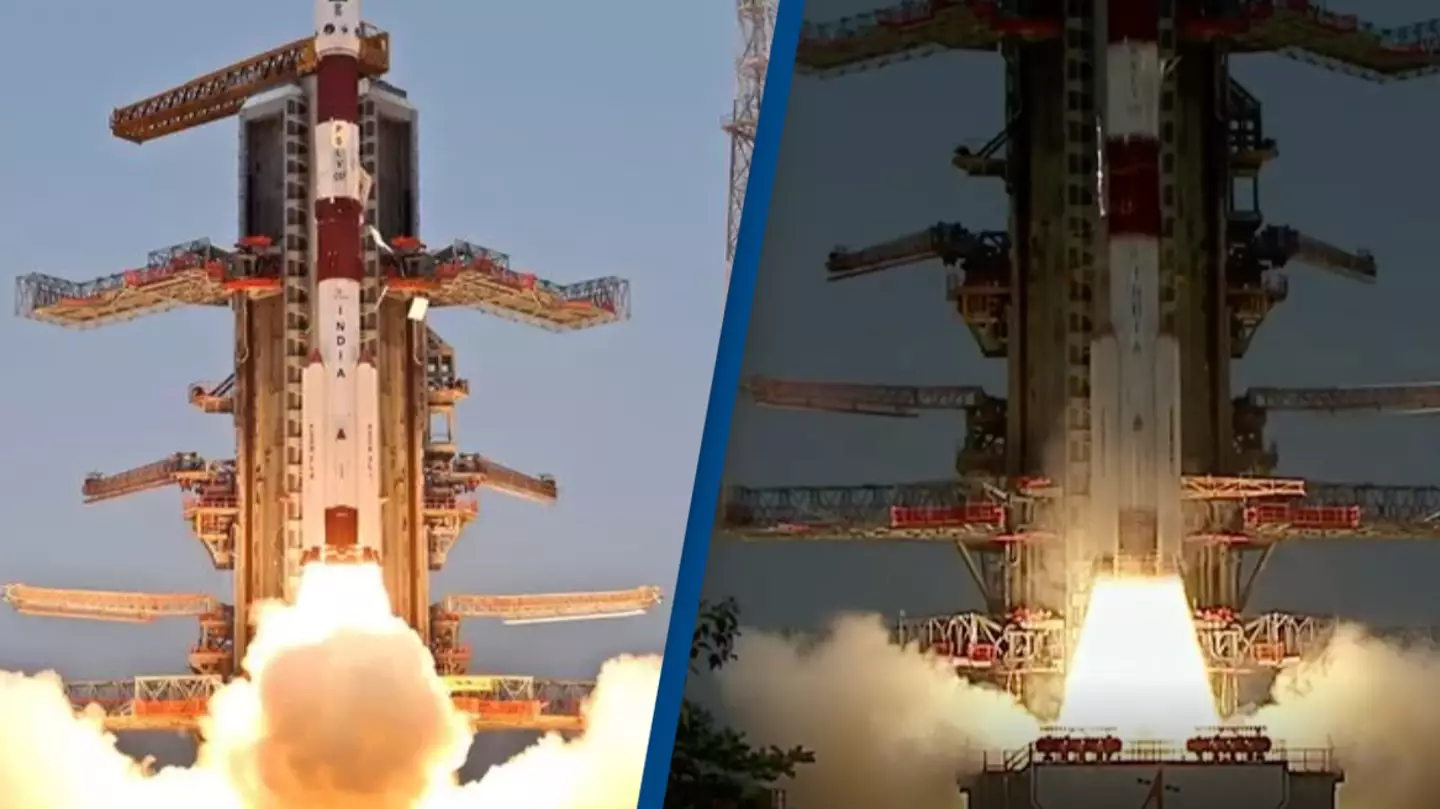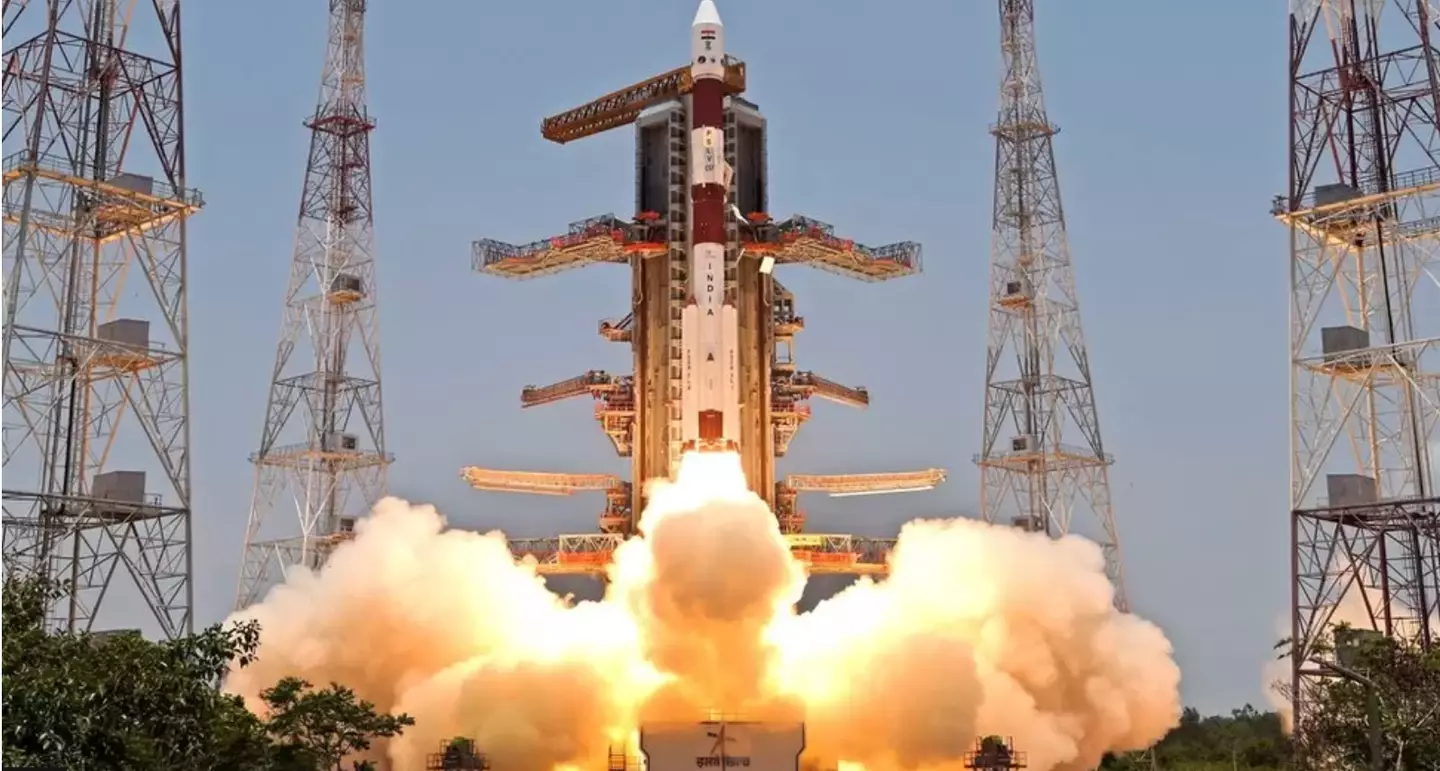
India has successfully launched its first mission to the Sun.
The news comes just days after the country made history by becoming the first to land on the Moon’s South Pole.
Lifting off earlier today (2 September), the Aditya-L1 will now spend the next four months traveling towards the Sun.
In fact, the India Space Research Organisation (ISRO) broadcasted the launch live with viewers tuning in at 11:50 am (local time) to watch the spacecraft speed off from Sriharikota.
Described as ‘magnificent’ by commentators, the launch marked the beginning of a 1.5 million km (932,000 miles) journey for Aditya-L1.
Advert
The mission is named after Surya - the Hindu god of the Sun, who is also known as Aditya. The rocket will now travel to the Lagrange Point 1 to study the solar system's biggest object.
The site is where the gravitational force of the Sun and the Earth cancel each other out - meaning it’s the perfect ‘parking spot’ for the spacecraft.
Once it arrives at its destination, the satellite will orbit the star at the same rate as Earth - meaning it will ‘hover’ as it carries out its research.
If that weren’t impressive enough, the lack of gravity means that the craft will be able to use minimal fuel during this time.
Advert
The launch comes after the Chandrayaan-3 spacecraft successfully touched down on the Moon’s South Pole on 23 August.

Moments later, the team behind the ambitious project were filmed erupting into cheers and even hugging after the landmark moment.
Shortly after this, India's Prime Minister Narendra Modi said: "This moment is unforgettable. It is phenomenal. This is a victory cry of a new India."
The ISRO has not revealed how much the ambitious project cost, but some reports have claimed it could have been around 3.78bn rupees (roughly $46m or £36m).
Advert
However, they hope that the mission will help scientists across the world better understand the Sun.
Onboard there are highly specialized instruments that will study multiple layers of the Sun; including the solar corona (outer most layer) the chromosphere (which is a thin layer plasma) and the photosphere (the part visible from Earth).
Using these, it’s hoped that scientists will be able to better understand solar flares, solar wind, and how these phenomena affect the Earth in real-time.
Here's hoping scientists back on Earth have stocked up on their factor 50.
Topics: World News, Space